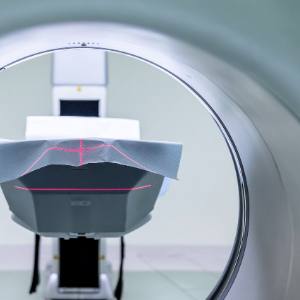Home
- Nanopinion: Balancing Safety, Sustainability, and Innovation - Calcium Carbonate Nanoparticles in Biomedical Applications
- 16 April 2024
Read the latest Nanopinion by Dr. Ester Carregal-Romero, Prof. Jesús-Cabello, and Dr. Susana Carregal-Romero where they introduce the benefits of Safe and Sustainable by Design (SSbD) approach for nanomaterials and present applications of Calcium Carbonate in new biomedical systems.
-
2 April 2024
Closing nanomaterials' information gaps: EUON welcomes new study proposals
The European Union Observatory for Nanomaterials (EUON) invites proposals for upcoming studies aimed at addressing knowledge gaps to nanomaterials within the EU market.
-
12 March 2024
Nanopinion: Hybrid metrology approach for nanomaterials characterization – case study on sequential infiltration synthesis
Read the latest Nanopinion by Dr Eleonora Cara and Dr Federico Ferrarese Lupi. They introduce sequential infiltration synthesis (SIS) to produce innovative nanomaterials and discuss the hybrid metrology approach for the multidimensional characterization of nanomaterials and its potential applications across various industries.
-
13 February 2024
Nanopinion: Nanoscale KISS method – a novel approach for 2D materials production
Read the latest Nanopinion by Dr Antonija Grubišić-Čabo and Dr Maciej Dendzik. They introduce the new Kinetic In situ Single-layer Synthesis (KISS) method which produces larger 2D materials in a simple and clean way and elaborate on its potential for the future applications.
Nanomaterials and health
 Nanomaterials and health
Nanomaterials and health
Are substances in nanoforms more dangerous than they are in their normal size? Some are and some are not. Just like any other chemical substance, nanomaterials have to be assessed separately.
 Fighting cancer using nanotechnology
Fighting cancer using nanotechnology
Nanomaterials are not only used in consumer products, but also in new and innovative medical treatments. Research has shown that nanoparticles can be used to damage and even destroy cancer cells from within.
More on the web
Manchester physics researchers awarded prestigious funding to pursue projects that could lead to major scientific breakthroughs
11 Apr | Source: The University of Manchester
How micro- and nanoplastics are infiltrating the Arctic ice
25 Mar | Source: ETH Zurich University
Nanoparticles amplify potential cancer vaccine power)
14 Dec | Source: Johns Hopkins University
The 'one-pot' nanosheet method catalyzing a green energy revolution
12 Dec | Source: Nagoya University
Nanoparticle-delivered RNA reduces neuroinflammation in lab tests
11 Dec | Source: Massachusetts Institute of Technology





 ,
,